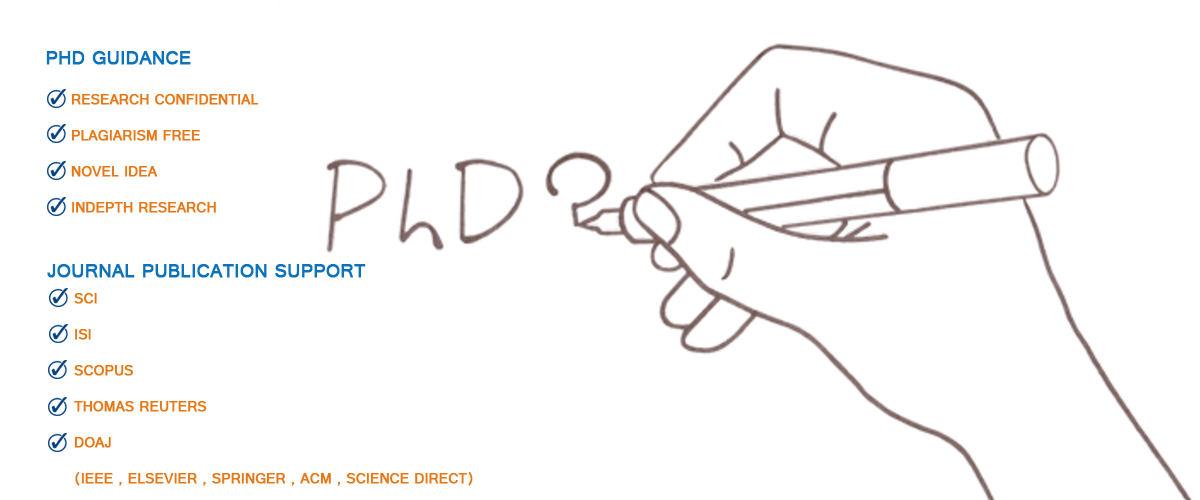ns2 project in Montana
ns2 project in Montana metrics corresponding to the PDES, transaction and activity
levels within the diagnosis, will be examined in the
next point, in order to identify the critical transactions and
the critical activities within them, and to ns2 project in Montana evaluate the causes
of their behavior. The PDES level metrics in the PDES
analysis window are shown. Upro is the global utilization
of the set of processors in the window,ns2 project in Montana and the rest of metrics
are mean values for the set of transactions . A significant
synchronization load from the relative value of the
waiting time can be observed. A very low rate of failures
and a medium level utilization of the set of processors are
also observed. In Figure 10 the utilization of each processor
in the three possible windows (PDES, transaction and
activity) is shown. Processor 0 is seen ns2 project in Montana to be saturated. Parameters
show that the host tasks are mapped in this processor.
Finally, Table 8 shows the incidence of the causes of
behaviour for whole PDES as a whole. Here, blocking is
the most important cause of behaviour. In Figure 11 the relative value of ns2 project in Montana transaction response
times with regard to their deadlines is shown. Only
transaction 0 in its transaction window exceeds its deadline.
The metrics represented in Figure 12 permit several conclusions:
constraint of productivity absorption is fulfilled
because all the theoretical responses have been produced;
deadline constraint in transaction 0 is not fulfilled because
there are failures; and finally the variability of the response
time is lower than 0.1 only in transaction 15. According
to the information provided by the metrics and the ns2 project in Montana rules for
this stage, transaction 0 is selected as a general Tables 9 and 10 show the incidence of the causes
of specific behaviour (transaction window) and general behaviour
(PDES window) for critical transaction 0, respectively.
Both blocking and processing have the same incidence
in general behaviour, while processing has double incidence
in specific behaviour. As the number of deadline
failures is very small, the causes of specific behaviour are more useful than those of general behaviour for design improvement.
Activity level metrics considered here ns2 project in Montana correspond
to activities composing the critical transaction 0. The
metrics refer to activity and PDES windows, but the analysis
is centered on the former, which is more representative
of deadline failures in this case. In Figure 13 the relative
value of each activity response ns2 project in Montana time with respect to
the transaction response time is shown. Activity 1 is seen
to be the longest activity with nearly 40% incidence in the
transaction response time. The metrics also confirm that the
variability in activity 1 exceeds 0.1. According to the information
provided by the metrics and the rules for this stage,
activity 1 is selected as a general critical activity. In Figure 14 the relative value of thewaiting time
of each activity with respect to its response time is shown.
In critical activity 1 the waiting time represents only 5% of
the response time, the other 95% corresponding to the service
time. Tables 11 and 12 show the causes of the specific
behaviour (activity window) and ns2 project in Montana general behavior of critical activity 1, respectively. Table 11 also
shows the partial incidences of each diagnosis level. The
main causes of specific behaviour are two: a) contention
with other activities of equal priority (the corresponding activities
[i,1] in the other transactions) ns2 project in Montana supported by different
tasks; and b) code execution. Both of these occur during
service time. In Table 12 processing ns2 project in Montana during service time is
found to be the cause of general behaviour with almost total







